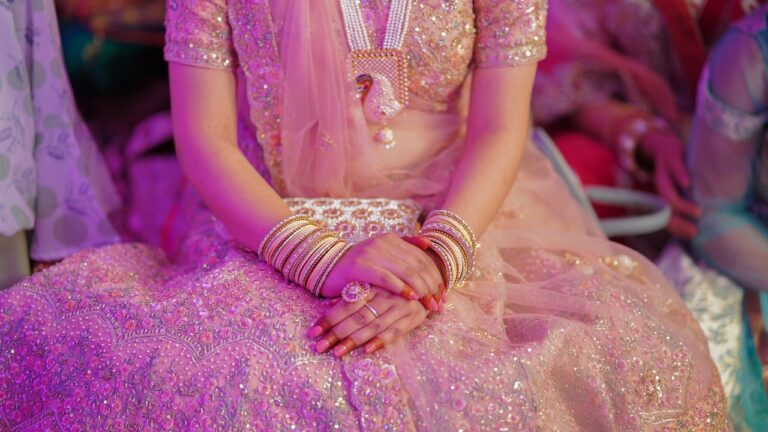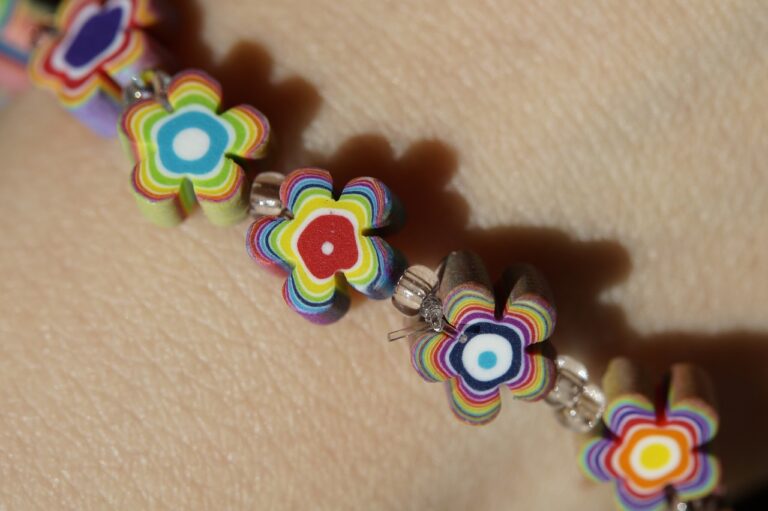Fashion and Social Justice: Addressing Diversity and Inclusivity in the Industry
Cultural appropriation in the fashion industry has been a contentious issue, with numerous instances of designers and brands being called out for appropriating elements of different cultures without proper acknowledgement. From runway shows to ad campaigns, the industry has often faced criticism for profiting off of cultural traditions and symbols without respecting their significance or giving credit to the communities they belong to. This lack of awareness and sensitivity not only perpetuates harmful stereotypes but also undermines the value of cultural heritage.
The line between appreciation and appropriation in fashion is often blurred, highlighting the importance of educating designers, brands, and consumers on the implications of their choices. As the industry becomes more globalized, it is essential for all stakeholders to actively engage in conversations about cultural sensitivity and inclusivity. Collaborating with creators from diverse backgrounds, providing platforms for marginalized voices, and incorporating meaningful representation into all aspects of fashion can help foster a more inclusive and respectful industry.
• It is crucial for designers and brands to conduct thorough research and seek permission when incorporating elements from different cultures into their collections
• Fashion industry professionals should be mindful of the power dynamics at play when borrowing from marginalized communities, ensuring that credit is given where it is due
• Consumers also have a role to play in holding brands accountable for cultural appropriation, by supporting ethical and inclusive fashion labels
• By promoting diversity and celebrating cultural exchange in a responsible manner, the fashion industry can move towards a more equitable future
The Impact of Representation in Fashion
Representation in the fashion industry plays a significant role in shaping perceptions and influencing trends. When individuals from diverse backgrounds are showcased in campaigns, on runways, and in magazines, it not only reflects the reality of the world we live in but also fosters a sense of inclusivity and acceptance. This representation helps break stereotypes and dismantles traditional beauty standards, allowing for a more diverse and inclusive fashion landscape.
Moreover, seeing people who look like them in the fashion world can have a powerful impact on individuals who have historically been underrepresented. It can boost their self-esteem and sense of belonging, showing that they too are valued and appreciated in the industry. By embracing diversity and promoting representation, the fashion industry has the potential to inspire and empower individuals from all walks of life, ultimately creating a more accepting and inclusive community.
Challenges Faced by Minorities in the Industry
Diversity and representation within the fashion industry remain pressing issues, with minorities often experiencing challenges in accessing opportunities and breaking into the mainstream. Minorities face barriers in securing equal pay, fair treatment, and adequate representation in both the editorial and runway realms. Despite incremental progress, there is still a pervasive lack of inclusivity in many aspects of the industry, perpetuating a cycle of exclusion for many talented individuals.
Moreover, cultural appropriation continues to pose a significant obstacle for minorities in the fashion world, as their traditional designs and symbols are often co-opted without proper credit or compensation. This not only diminishes the cultural significance of these creations but also reinforces stereotypes and erases the rich heritage of marginalized communities. The industry must actively work towards creating a more inclusive and respectful environment where all voices are heard and celebrated.
What is cultural appropriation in the fashion industry?
Cultural appropriation in the fashion industry refers to the adoption of elements of a minority culture by those outside of the culture, often without proper understanding or respect for its significance.
How does representation in fashion impact minorities?
Proper representation in fashion is crucial for minorities as it helps to break stereotypes, enhance diversity, and promote inclusivity in the industry.
What are some common challenges faced by minorities in the fashion industry?
Some common challenges faced by minorities in the fashion industry include lack of representation, cultural appropriation, discrimination, and limited opportunities for advancement.







